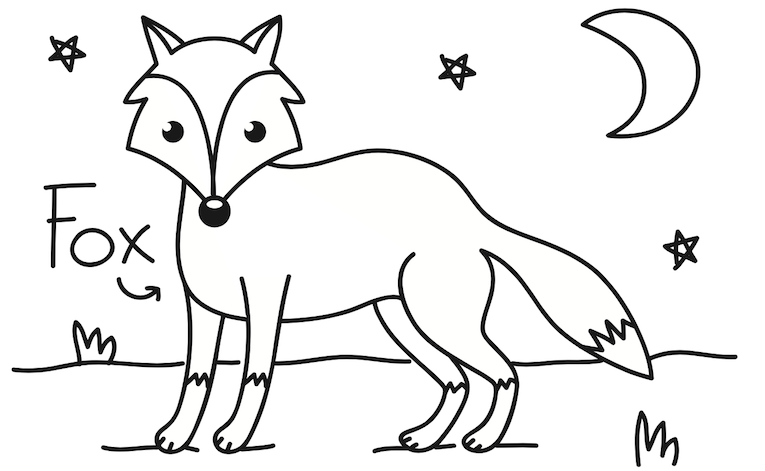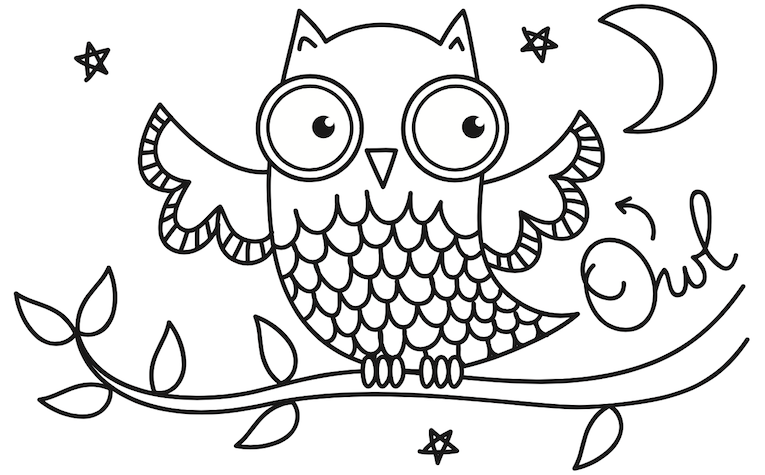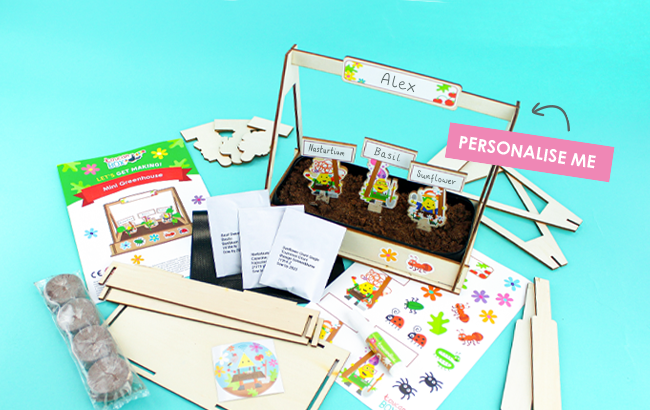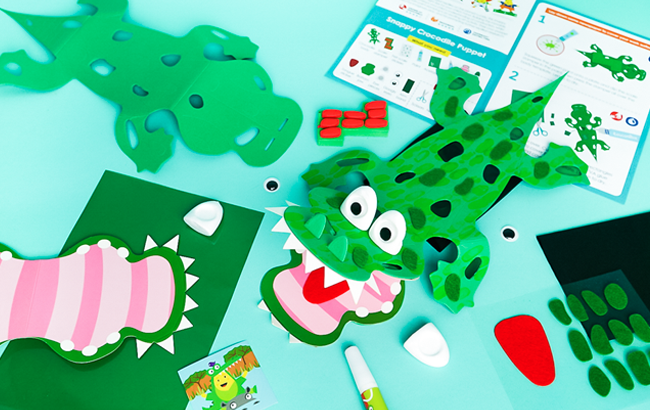Nocturnal Animals Explained For Curious Kids And Busy Parents
## With Nocturnal Animal Activities For Kids

What does nocturnal animal mean?
Handy information you can read to your child
Nocturnal animals are animals that mostly hide and sleep during the day. They become active at sunset and during the night. One characteristic, which most nocturnal animals have, is that they have very well-developed sensory organs. The sensory organs of humans and animals are ears, eyes, nose, tongue and skin. These sensory organs help us in many ways. Imagine mum or dad has baked a cake. You’ll use all of your senses before you get to eat it:
- Your nose can smell the cake as it’s being baked in the oven, even before it’s ready to eat
- Your eyes can see if the cake is ready
- Your ears (may) hear the warning words of your parents that the cake is too hot to eat straight away
- Your skin helps you feel if the cake really is too hot to be eaten
- Your tongue gets to taste the yumminess of the cake in all its glory!

But nocturnal animals in the wild rely on their senses even more because they are active when there is barely any light or no light at all. Their focus is finding food when they are awake during the night. When it’s getting dark or it’s pitch-black, it becomes very difficult to see. But with many nocturnal animals, their eyes work way better at night than ours - that’s why many of them have especially big eyes. But even that is not always good enough.
Luckily, their other senses help them, too. With a strong sense of smell they can easily track down creatures to eat. Some nocturnal animals are blind, and use their sense of smell to completely guide them. Others have fantastic hearing, listening intently to the approach of danger, like big animals that might want to gobble them up.
A good nose and ear is also necessary to hear and smell enemies like a predator lying on ambush or humans driving a car on the road that a nocturnal animal might just be planning to cross.

What nocturnal animals can we find in our garden?
Lots of small mammals are nocturnal animals, like mice, hamsters and hedgehogs. So how about a night walk to search for nocturnal animals in autumn when it gets dark early? You might hear mice or a hedgehog scuttling about after dark. Even though you might spot one in the daytime, foxes are nocturnal animals and are a lot more active when we’re all asleep. But because of lots of street lights, and loads of tempting leftovers in our bins, they have been known to roam a lot more during the day.
In some regions you can see the silhouettes of bats flying around, on the hunt for mosquitoes. And you might just spot a glowworm or firefly! When they come out it’s like a beautiful tiny light show!
Did you know that cats are nocturnal animals as well? You might have noticed that they nap a lot during the day. They have very special eyes that reflect any tiny bit of light they catch, which makes them glow strongly in the dark, warning potential predators of their presence. Their whiskers help them feel for obstacles as they creep through the night.
Why are nocturnal animals nocturnal?
Scientists believe that hundreds and hundreds of years ago, the ancestors of nocturnal animals sought shelter from predators in the dark, and therefore started to spend their days sleeping somewhere hidden and safe, then would come out to look for food at night time.
If nocturnal animals changed their behaviour at some point in the past from being active during the day to being active during the night, we are wondering if mice became active at night first and cats followed because cats favourite dish is mice? What do you think?

Here are some nocturnal animal colouring-in sheets for your children
Download Nocturnal Colouring-In PDF
We have created some nocturnal colouring sheets in PDFs for you to print out and let your children get creative when colouring in nocturnal animals. You can repeat with your child what they have learned - e.g discuss the well-developed senses when colouring in different part of the body. How big are their eyes, ears and noses? Do you think that tells us how they might use their senses?
The colouring-ins are also easy to cut out and you can transform the bedroom into a cave of wild nocturnal animals and set up an exciting night-time scene role play.
You might never thought about it, but crafting together with your kids and talking about what you are doing helps young children with their speech and language development.
Have fun!
SHARE YOUR CREATIONS WITH US
We’d love to see your creations, so why not share them on Facebook, Instagram or Twitter with #toucanBox. Our favourite snaps could feature in the next issue of toucanBox Magazine!
Not tried toucanBox yet?
Want craft projects, with all the materials you'll need, delivered straight to your door? Sign up today and save 50% on your first box!
Not ready to commit? Subscribe to our fun-filled weekly newsletter, jam packed with craft ideas, recipes, fun activities and more!



